Consumption of cars
It is known that cars consume more than the manufacturers state. But how much more new cars consume is almost frightening. New cars consume on average about 40% more fuel than indicated. And since 2001 it’s getting even worse.
Source: Neuwagen schlucken 39 Prozent mehr als angegeben (spiegel.de)
We’ve tested if that’s really true and have discovered even more lies. Not even the board computer has indicated the actual consumption. That surprised us a lot.
We got the following data from our test drive with a Ford Fiesta 1.0 140 hp 1175 kg:
Manufacturer information:
4.5 litre / 100 km
Corresponding to the board computer:
5.9 litre / 100 km
The car showed an actual consumption according to the gas station of:
6.68 litre / 100 km
In this case, we have about 48.5% more consumption.

From this, a new type of measurement has been developed, which shows much more accurately how much a car consumes. Also shown is the relationship between downsized engines and high-performance engines.
It’s called WLTP
WLTP (Worldwide harmonized Light vehicles Test Procedure) is the name of the new consumption- and exhaust test which is used since the 1. September 2018. It replaces the old NEFZ-Test. Each car has to be tested before it is allowed to drive on the streets. The test is still on the test bench. The stats of the new WLTP-Test deliver on average 20% more consumption than the NEFZ-Test. The fuel data of weaker cars got much more increased than the ones from stronger cars. The car industry does yet use the old lower data. Because the law says that they have to. If they would publish both fuel economy data the people could get distracted. From 2020 only the results of the WLTP-Test will get published. According to the WLTP test, the deviation from the manufacturer’s information is larger in the case of cars with small engines than in cars with large engines.
Source: Kassensturz WLTP (srf.ch)
The trend as well as the legal regulations, which ensure that cars are allowed to consume less and less fuel and forces the automakers to think innovative. Since high-performance engines are very popular, especially among the male population, they are forced to continue offering them. For example, Mercedes-Benz has developed cylinder deactivation for its new V8 engine. This means that if the driver wants to drive comfortably or ecologically, 4 cylinders will switch off. So the engine consumes significantly less fuel and when the driver wants to have his fun, they switch back in and deliver all the power.

The Change of the car industry
The car industry made some huge steps in the past years. The consumption of cars is getting lower constantly. Especially since there are catalytic converters in the cars. For example, the Mercedes Benz 450 with 250 horsepower which was released in 1976 had a consumption of 15.8 litres for 100 kilometres. A Mercedes Benz S 400 built since 2013 with 333 horsepower has a consumption of 6.6-6.8 litre for 100 kilometres.
New ideas are forcing new problems
Everyone should know that internal combustion engines are not good for the environment. CO2 emissions contribute significantly to global warming.
That’s why entrepreneurs are constantly developing new technologies and improving them. So, for example, electric car pioneer Tesla’s Elon Musk. But new technologies are also creating new problems. Such as the lithium batteries of electric cars. They pose new problems for the scientists. How dangerous and efficient is their degradation and how are they disposed of as soon as there is no longer use for them? Is that really better than a car which drives with fuel?

Question to you
During our project work, we learned that the shipping industry is not affected by any rules regarding fuel consumption and CO2 emissions. So in the gasoline of the ships 3500 times more sulfur is allowed in there than in gas for cars. Therefore, we ask ourselves whether it is the right approach to set all the rules and obligations of the ordinary citizens and leave the companies any liberties. One would have to think that companies would have to have more assets to afford new investments than citizens. So it is incomprehensible to us that in cities such as Milan, diesel vehicles may no longer be needed in certain places, while shipping pollutes our planet with heavy metal fuel. What is your opinion? We would appreciate your opinion by a comment.
The authors
Luc Schleiniger and Luca Figi
Sources
Kassensturz WLTP (srf.ch)
Mercedes-Benz Motor (mercedes-benz.ch)
Neuwagen schlucken 39 Prozent mehr als angegeben (spiegel.de)
Kreuzfahrt mit Schwefel (zeit.de)
Images Car Logos (flickr.com)
Lithium Batterien (wikipedia.ch)
On-topic posts on dontwastemy.energy
Overview of electric cars and personal experience
Zurich city without fuel-powered cars
Formula E Car: How fast can you go?
Q70 – Electric Car’s Power
Q50 – Driving an Electric Car
☷ See the project teams here »
☵ Some words about the contributions »
☴ Our sponsors and partners » (the-horse.education)
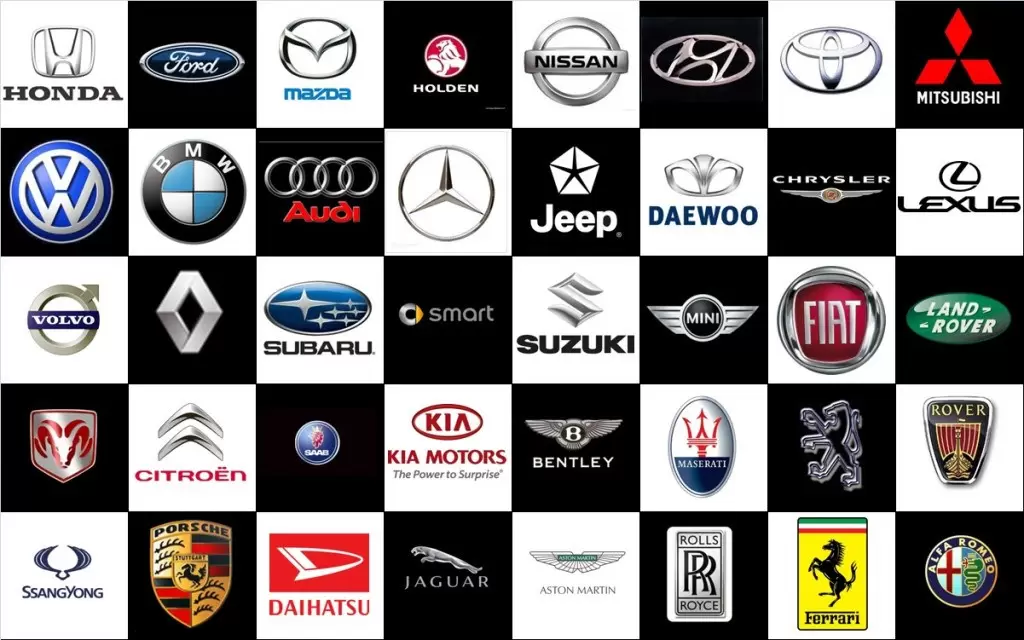

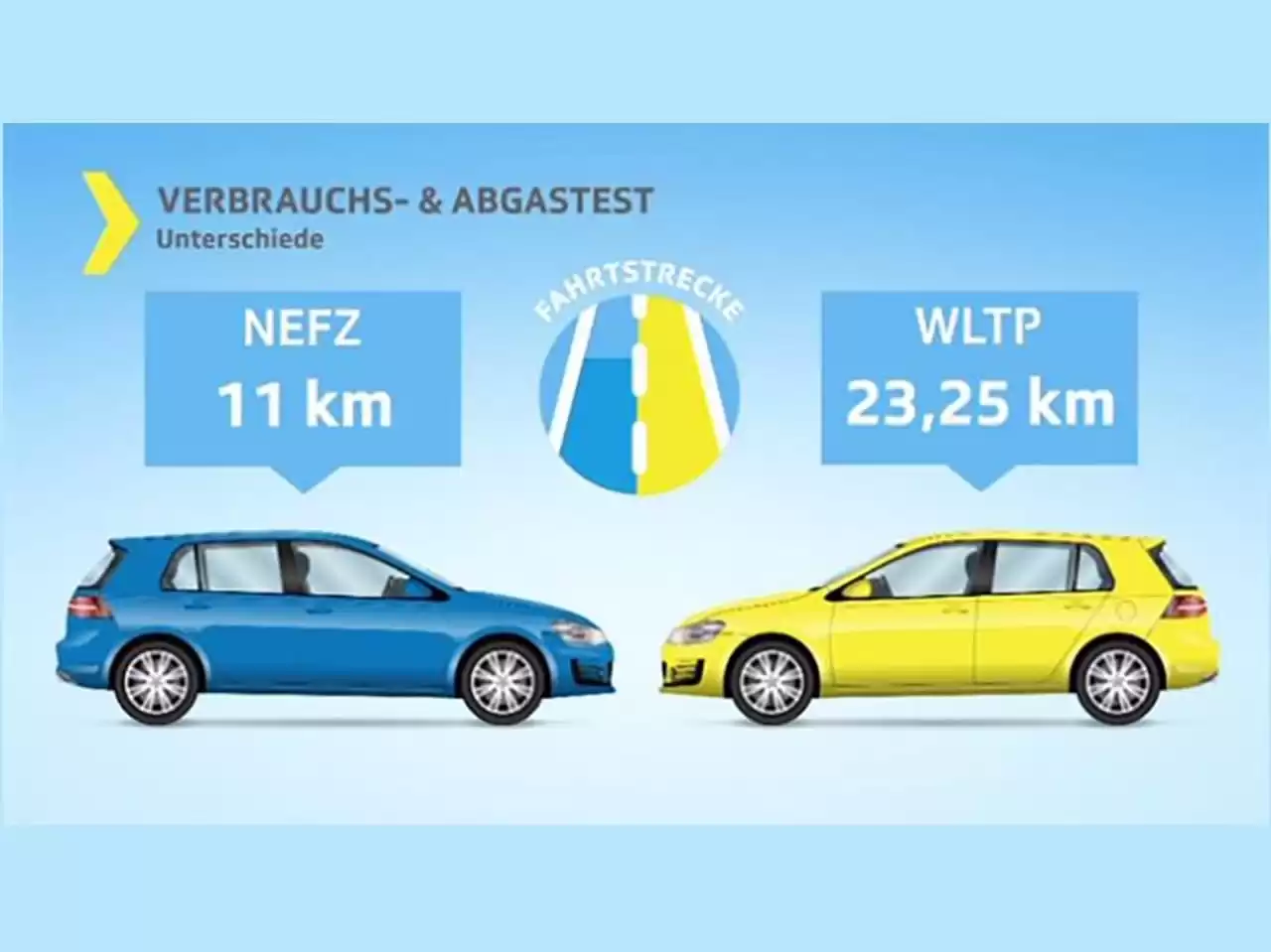


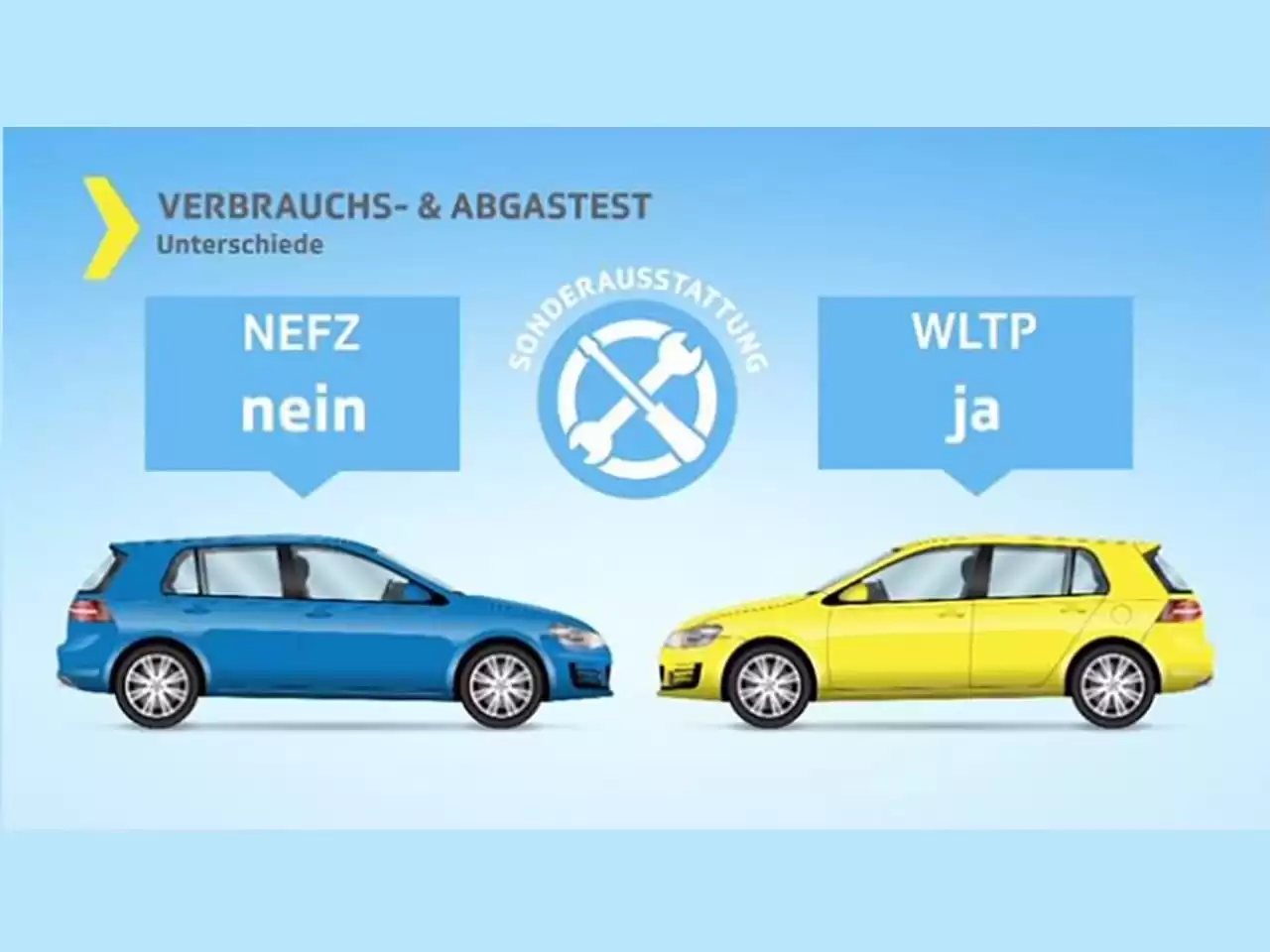
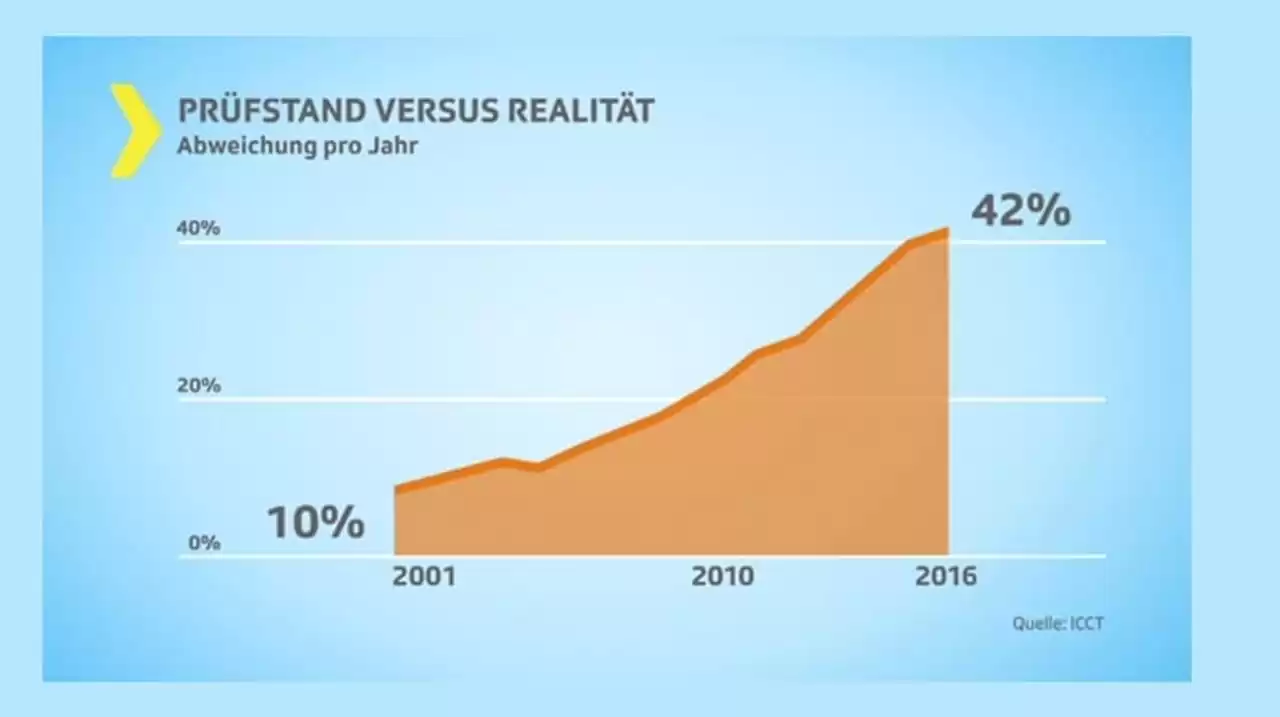
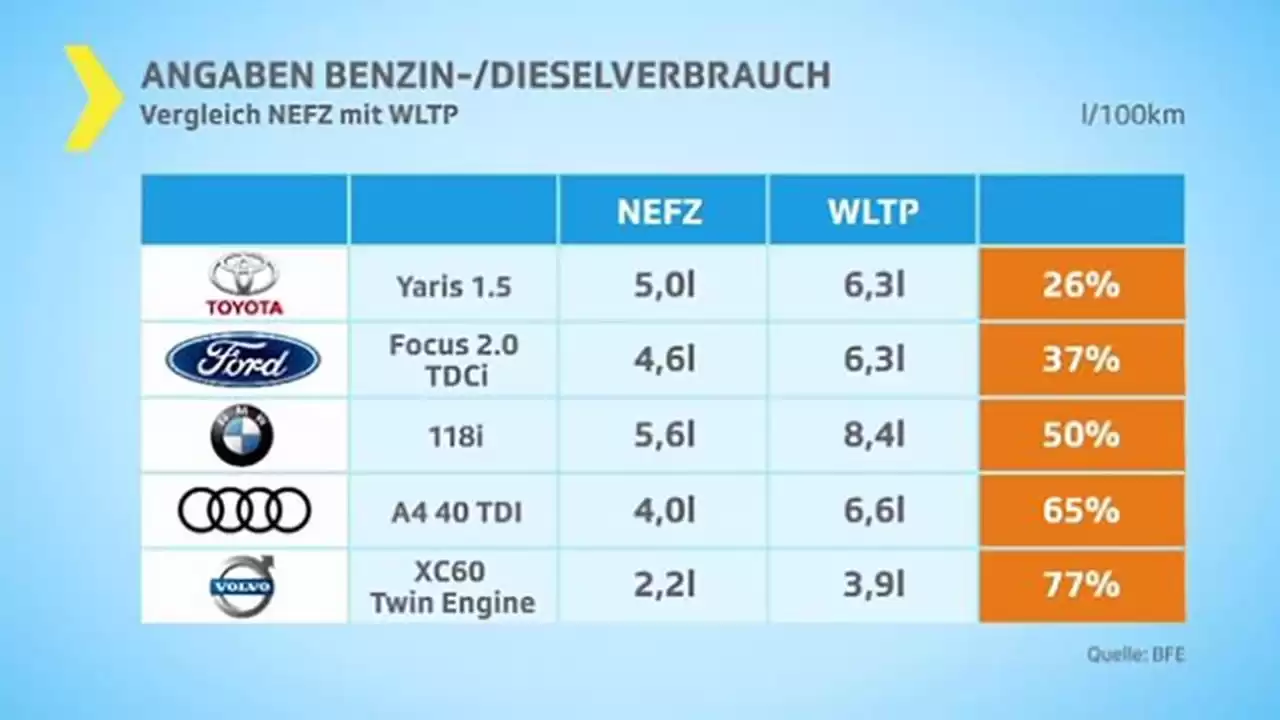
Thank you for the information and the useful links! Helped me a lot. I’m still not sure about my next car – if at all. I don’t like the way some industry cheats us.